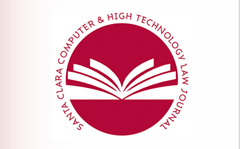Abstract
Artificial Intelligence’s (AI) growing catalog of applications and methods has the potential to profoundly affect public policy by generating instances where regulations are not adequate to confront the issues faced by society, also known as regulatory gaps. The objective of this article is to improve our understanding of how AI influences U.S. public policy. It does so by systematically exploring, for the first time, this technology’s role in the generation of regulatory gaps. Specifically, it addresses two research questions:
-
What U.S. regulatory gaps exist due to AI methods and applications?
-
When looking across all of the gaps identified in the first research question, what trends and insights emerge that can help stakeholders plan for the future?
These questions are answered through a systematic review of four academic literature databases in the hard and social sciences. Its implementation is guided by a protocol that identified 5,240 candidate articles. A screening process reduced this sample to 241 articles (published between 1976 and February of 2018) relevant to answering the research questions.
This article contributes to the literature by adapting the work of Bennett-Moses and Calo to effectively characterize regulatory gaps caused by AI in the U.S. In addition, it finds that most gaps: do not require new regulation or the creation of governance frameworks for their resolution, are found at the federal and state levels of government, and AI applications are recognized more often than methods as their cause.
Recommended Citation
Gutierrez Gaviria, Carlos Ignacio,
THE ROLE OF ARTIFICIAL INTELLIGENCE IN PUSHING THE BOUNDARIES OF U.S. REGULATION: A SYSTEMATIC REVIEW,
38 Santa Clara High Tech. L.J. 123
(2022).
Available at: https://digitalcommons.law.scu.edu/chtlj/vol38/iss2/1
